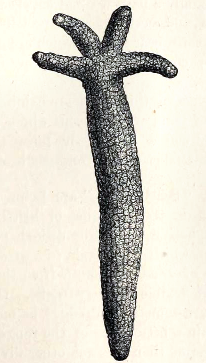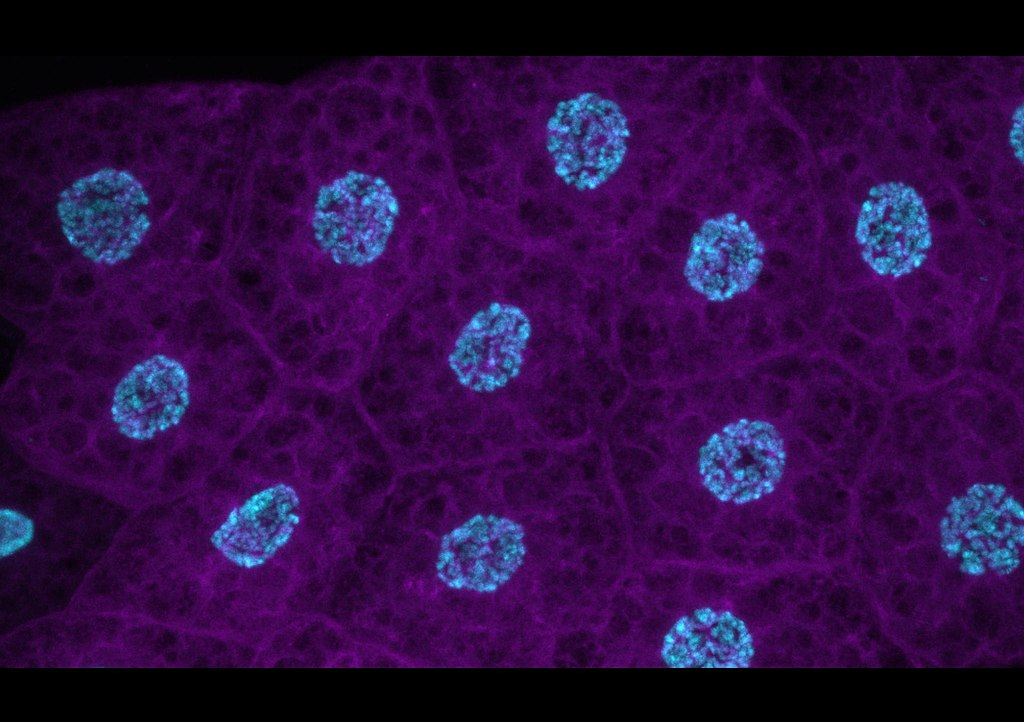Tag: Mesoderm
-
embryonic intrigue that’ll make your buccopharyngeal membrane quiver with excitement!
Picture, if you will, the humble beginnings of life, where a thin membrane known as the buccopharyngeal membrane (or oropharyngeal membrane for those who like their words extra fancy) plays the role of the ultimate gatekeeper between the primitive mouth and pharynx. It’s like nature’s very own “You shall not pass!” moment, but with fewer…
-

Echinoderm reproduction and pluteus larva
An echinoderm is any member of the phylum Echinodermata. The adults are recognisable by their (usually five-point) radial symmetry, and include starfish, brittle stars, sea urchins, sand dollars, and sea cucumbers, as well as the sea lilies or “stone lilies”. Adult echinoderms are found on the sea bed at every ocean depth, from the intertidal zone to the abyssal zone. The phylum contains about 7,000 living species, making it the second-largest…
-

Fat body
Fat body is a highly dynamic insect tissue composed primarily of storage cells. It is distributed throughout the insect’s internal body cavity; the haemocoel, in close proximity to the epidermis, digestive organs and ovaries. Its main functions are nutrient storage and metabolism, for which it is commonly compared to a combination of adipose tissue and liver in mammals. However, it may also serve a variety of other roles, such as:…
-
Cadherin-1
Cadherin-1 or Epithelial cadherin(E-cadherin), (not to be confused with the APC/C activator protein CDH1) is a protein that in humans is encoded by the CDH1gene.[5] Mutations are correlated with gastric, breast, colorectal, thyroid, and ovarian cancers. CDH1 has also been designated as CD324 (cluster of differentiation 324). It is a tumor suppressor gene.[6][7] History The discovery of cadherin cell-cell adhesion proteins is attributed to Masatoshi Takeichi, whose experience…
-

Lysine Tyrosylquinone (LTQ)
LTQ does not have a wikipedia page so I will check elsewhere. In the meantime, I found another reason to just say no to beans – osteolathyrism aka odoratism, which is a form of the disease Lathyrism. Wikipedia says: The disease results from the ingestion of Lathyrus odoratus seeds (sweet peas) from the family Fabaceae (legumes). The toxin found in the sweet peas is…
NOTES
- 🧬 Disease Table with Low Sodium Connection
- 🧂 Sodium Reduction and Sodium Replacement: A History of Reformulation and Exploding Diseases, Including Many Diseases Unheard of Before Deadly Sodium Policies
- 🧂 The DEADLY 1500 mg Sodium Recommendation predates the WHO’s formal global sodium reduction push by nearly a decade (and it’s even worse than that)
- 🧬 What Is Beta-Glucuronidase?
- When Sugar Was Salt: Crystalline Confusion and the Covenant of Sweetness
Tags
ADAM ASPARTAME Birds Blood Bones Brain Bugs Cancer Columba Cows crystallography Death Death cults Eggs Etymology Gastrin Gold Growth hormone History Hormones Insulin Liver Mere Perplexity Metal Monkey Business Mythology Paracetamol Plants Poison Pregnancy Protein Religion Reproduction Rocks Salt Slavery Snakes Sodium the birds and the bees Thiocyanate Tobacco Tylenol Underworld Venom zinc

